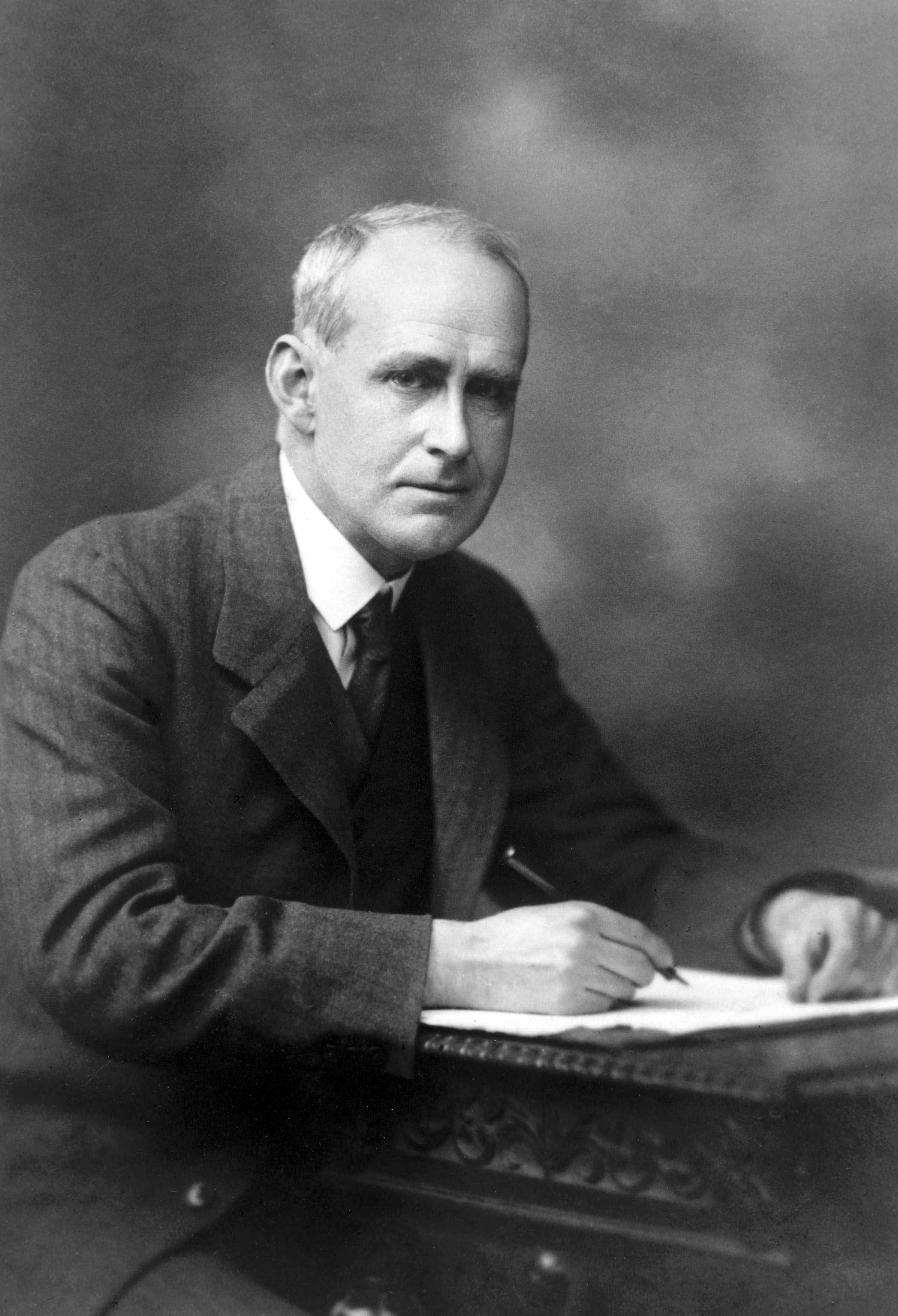One hundred years ago, two teams of British astronomers travelled thousands of miles to photograph the solar eclipse of 29 May 1919. But they weren’t just there for the spectacle – they intended to prove Albert Einstein’s relativity theory.
Much like today, few people understood Einstein’s work in the 1910s. Those who could get their head round it, however, knew that if his ideas were correct, a massive body like the Sun would bend any light passing near it. A way to test this would be to photograph the stars around the Sun during an eclipse and then photograph them again when the Sun was further away from them. Comparing the images would allow you to measure any displacement in the stars’ apparent positions.
According to Einstein’s theories, the change should be 1.75 arcseconds, twice the value predicted by Newtonian physics. To put that figure in context, it’s like trying to measure the width of a penny from a mile away. But that was exactly what two teams of British astronomers hoped to do in 1919. To add to the challenge, they had to transport their equipment to Sobral in northern Brazil, and the island of Príncipe, off the west coast of Africa.

One of the architects of the plan was Arthur Stanley Eddington, professor of astronomy at Cambridge and an active promoter of Einstein’s theories (he was one of the few people who understood them). As a Quaker and pacifist, he also welcomed the opportunity to promote international cooperation after global war. Eddington went to Príncipe with clockmaker Edwin Cottingham, while Charles Davidson and Andrew Crommelin of the Royal Observatory, Greenwich, went to Brazil.
Each team took a large telescope, used to capture the image fed into it from a coelostat, a clockwork-driven mirror that counteracted Earth’s rotation during long exposures of up to half a minute. The Sobral team also took a second, smaller telescope as backup.

Transporting the delicate equipment was understandably daunting in a world still under wartime restrictions. Helped by colleagues in Portugal and Brazil, the teams arrived at their observing sites well ahead of the eclipse, giving them time to rehearse for the five minutes of totality and overcome any problems. Eddington worried about cloud, rain and mischievous monkeys on Príncipe. Strong winds damaged the observing hut at Sobral, but rain washed away the dust clogging the coelostats. The heat made the photographic plates unstable, so developing had to be done at night.
Despite the careful preparations, the day of the eclipse was tense as cloud threatened to ruin the observations on both sides of the Atlantic. Eddington saw little of the eclipse itself and was ‘conscious only of the weird half-light of the landscape and the hush of nature, broken by the calls of the observers, and the beat of the metronome ticking out the 302 seconds of totality’.
The two teams took over 40 photographs, but concerns mounted as they began developing images. Clouds had obscured the stars on many of the Príncipe images; only two could be used for the crucial measurements. The photographs from the larger Sobral telescope were no better: the coelostat mirror had distorted in the hot sun. Luckily, the smaller telescope’s images looked promising. But comparison photographs still had to be taken, followed weeks of painstaking measurement and calculation.

It was only in November 1919 that the results were announced at a meeting in London. When they were, it was the photographs from the smaller telescope at Sobral that proved decisive and were then distributed to astronomers worldwide. Some recent authors have suggested that there was a bit of cherry-picking here since the figures from the larger Sobral telescope’s images were closer to the Newtonian value. But it is clear from the careful preparations at Sobral and on Príncipe that the astronomers understood how their instruments had performed and how far they could trust the results from each. The world’s press was in no doubt. As the New York Times put it:
LIGHTS ALL ASKEW IN THE HEAVENS
Men of Science More or Less Agog Over Results of Eclipse Observations
EINSTEIN THEORY TRIUMPHS
